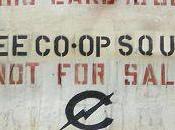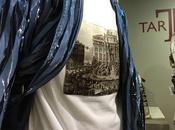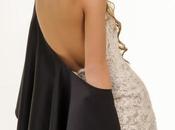“Form forms forms.
Embedded in the material, the form reveals itself.
To experience the freedom of not giving a name to things.
To see what emerges from one form.
Inciting the flow of continuous creation.
No waste, no loss of energy, alert and alive.”
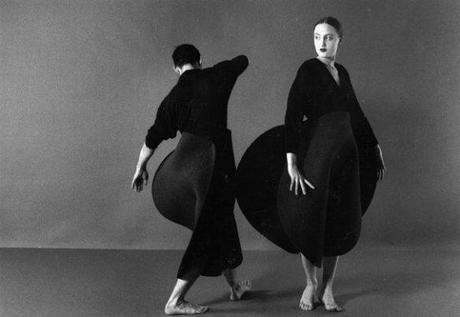
“Black Circles” | Kuma Guna Ballet | 1996
“Forma forme forme.
Incorporato nel materiale, la forma si rivela.
Per sperimentare la libertà di non dare un nome alle cose.
Per vedere ciò che emerge da una forma.
Stimolando il flusso di creazione continua.
Nessuno spreco, nessuna perdita di energia, vigile e viva.”
♥
So the creative energy born, grows and dies in shape. This is what happens when it meets the body and its movement, if it is expressed in the dance one even better. So Maria Blaisse touches the creative freedom by synchronizing shape and body through the non-woven fabric, creating a unique and fascinating language.
Così l’energia creativa nasce, si sviluppa e muore nella forma. Così accade quando quest’ultima incontra il corpo ed il suo movimento, se si esprime nella danza ancora meglio. Così Maria Blaisse tocca la libertà creativa sincronizzando forma e corpo attraverso il tessuto non-tessuto, creando un linguaggio unico e affascinante.
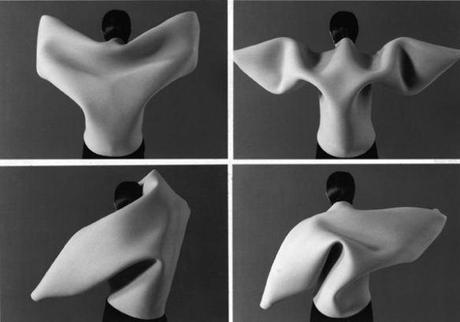
It is the Kuma Guna ballet, the choreography of Susan Rethorst, performed in Amsterdam (1996), the moment of “liberation.” The Dutch designer, creates extraordinary costumes for this exciting show (and not only). She uses industry foam, a flexible material, suitable for body movements. Concave and convex elements in 3D simple spherical shape are in perfect relationship with each movement (“Moving Back”). The circular shapes can be locked with special clips in different ways (“Black Circles”).
E’ il balletto di Kuma Guna, della coreografia di Susan Rethorst, eseguito ad Amsterdam (1996), il momento della “liberazione”. La stilista olandese, crea costumi straordinari per questo spettacolo (e non solo) emozionante. Utilizza schiuma industriale, un materiale cedevole, adatto per i movimenti del corpo. Elementi concavi e convessi in 3D di semplice forma sferica sono in perfetta relazione con ogni singolo movimento (“Moving Back”). Le forme circolari possono essere bloccate con speciali fermagli in modi diversi (“Black Circles”).
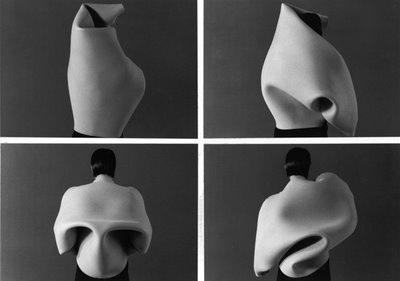
“Moving Back” | Kuma Guna Ballet | 1996
She creates “Rubber Arms”, a lightweight costume thanks to the neoprene used for the top and the foam to the extendable arms. Maria Blaisse uses simple geometric shapes that are well suited to the human body do not hinder it, do not block it, but they follow and understand it. To shape them exploits the thermoplastic qualities of new materials. The shape of the costume is influenced by the movements and vice-versa.
Realizza “Rubber Arms”, un costume leggero grazie al neoprene impiegato per il cappello e alla gommapiuma per le braccia allungabili. Maria Blaisse utilizza forme geometriche semplici che ben si adattano al corpo umano e non lo intralciano, non lo bloccano, ma lo seguono e lo comprendono. Per modellarle sfrutta le qualità termoplastiche dei nuovi materiali. La forma del costume condiziona i movimenti e a loro volta i movimenti ne alterano la forma.
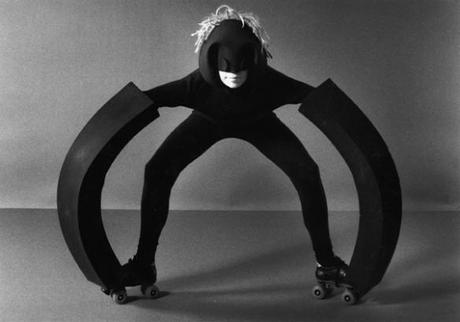
“Rubber Arms” | Kuma Guna Ballet | 1996
Maria Blaisse believes that foams are the ideal materials for her costumes for contemporary dance. Her interest in the industrial material such as synthetic rubbers and foams has enabled her to develop minimal forms for fashion and accessories. Her studies and projects for the dance are focused on big light forms that do not impede the movement. The forms are often inspired by nature and can be manipulated by the wearer to create different volumes.
Maria Blaisse ritiene che le schiume siano materiali ideali per i suoi costumi per la danza contemporanea. Il suo interesse per i material industriali come le gomme sintetiche e le schiume le ha permesso di sviluppare forme minimali per la moda e per gli accessori. I suoi studi e progetti per la danza utilizzano grandi forme leggere che non impediscono i movimenti. Le forme sono spesso ispirate alla natura e possono essere manipolate da chi le indossa per creare diversi volumi.
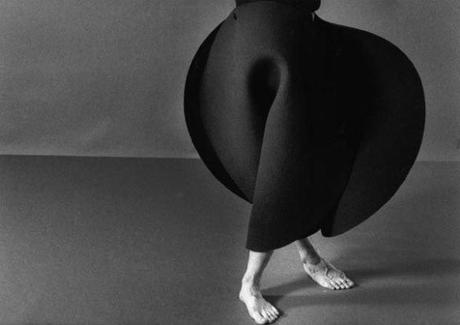
“Black Circles” | Kuma Guna Ballet | 1996
“Being part of evolution as a designer, how to become more sensitive, how to interact with the continuous changes in nature, how to let forms unfold, and be creative and efficient through nature”
“Our greatest potential is our most original energy. when we use that potential we realise that we precisely need the being different from the other. With respect for everybody’s and one’s own qualities there can be real collaboration. Concurrence disappears and there is no waste of energy”
Maria Blaisse
♥
“Essere parte dell’ evoluzione come designer, come diventare più sensibili, come interagire con i continui cambiamenti in natura, come lasciare le forme crearsi pian piano, ed essere creativi ed efficienti attraverso la natura”
“Il nostro potenziale più grande è la nostra energia più originale. Quando usiamo questo potenziale ci rendiamo conto che abbiamo proprio bisogno di essere diversi dagli altri. Con il rispetto per tutti e delle proprie qualità ci può essere vera collaborazione. La concorrenza sparisce e non c’è spreco di energia “
Maria Blaisse
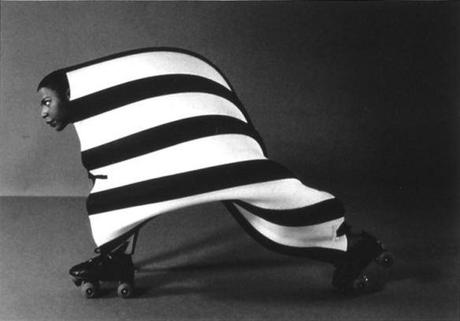
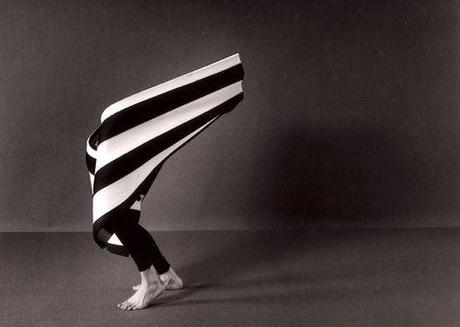
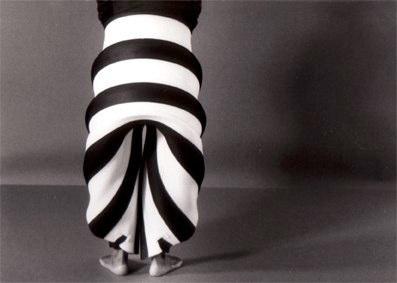
Maria Blaisse (8 May 1944 Amsterdam) graduated at the Gerrit Rietveld Academy Amsterdam 1968. Two years later she was a participant in the design studio of Jack Lenor Larsen New York. After this she did research on traditions of textile techniques and natural dyeing of fibers in South America for 2 years.
♥
Maria Blaisse (8 maggio 1944 Amsterdam) si è laureata presso la Gerrit Rietveld Academy di Amsterdam nel 1968. Due anni dopo era una partecipante alllo studio di design di Jack Lenor Larsen New York. Dopo questo si è occupata di ricerca sulle tradizioni di tecniche tessili e tintura naturale delle fibre in Sud America per 2 anni.

